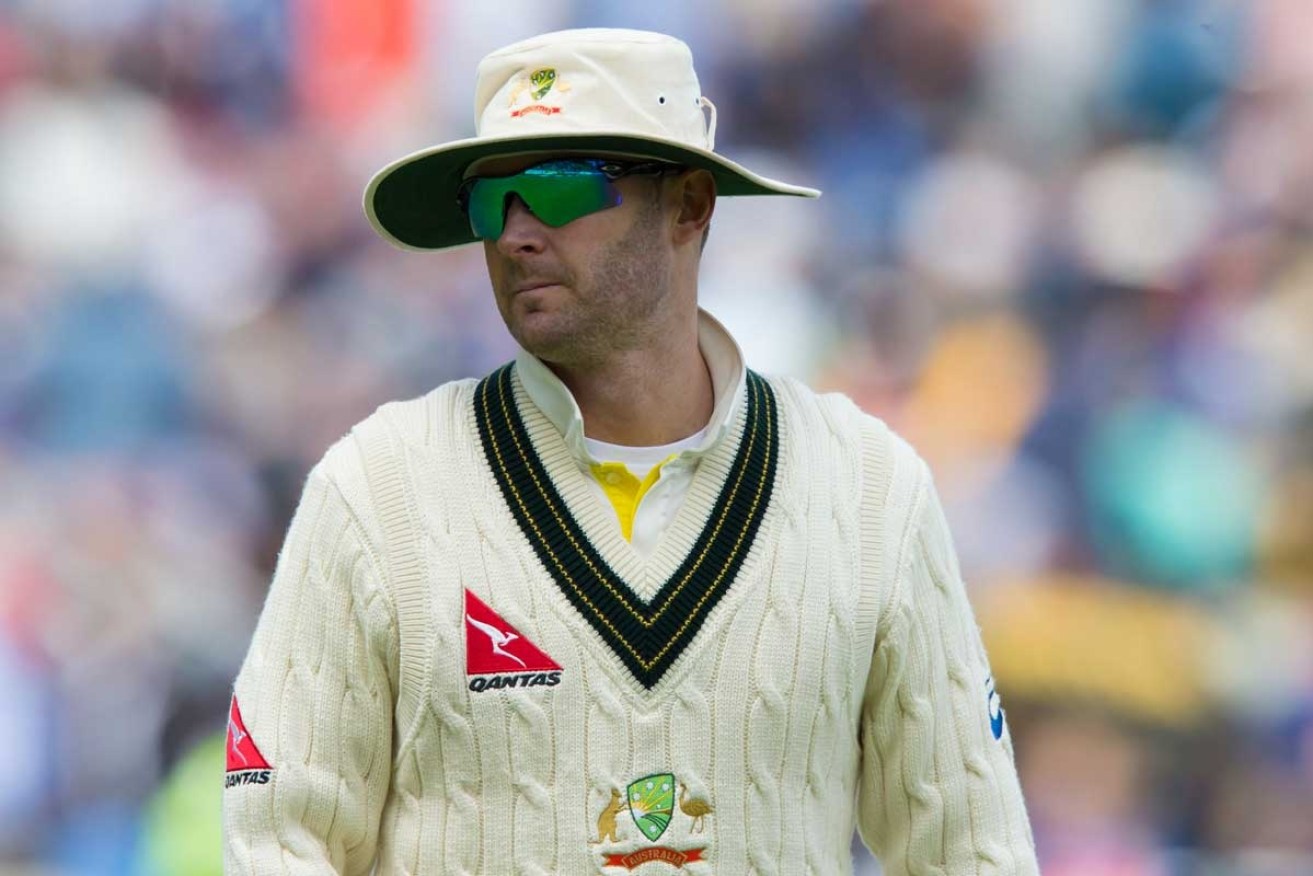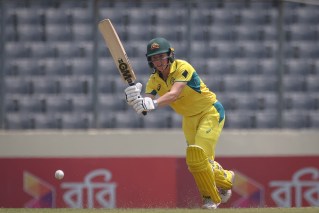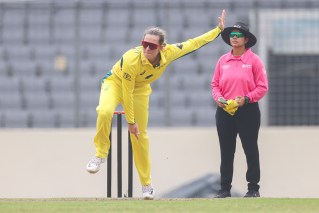Geoff Lawson: what we learned from Edgbaston nightmare


Just when you thought it was safe to follow the Ashes form guide and have a hard earned copper on Australia, along came the Edgbaston pitch to level the playing field.
It’s hard to fathom the massive pendulum swings of performance that have characterised the first three Test matches.
Against expectation England won the first Test, Australia responded with a thumping at Lord’s and the birching has been repaid in under three days at Edgbaston.
• Leaving Haddin out my hardest decision: Lehmann
• Clarke’s Test career on the edge of collapse
• England thumps Australia to take 2-1 lead
I was happy to concede England a match somewhere during this series, probably toward the fag end when Australia dropped their guard with the urn safely regained.

Steve Smith will be looking to bounce back from scores of seven and eight at Edgbaston. Photo: AAP
Now the Poms have two and Australia must once again reverse some truly worrying form if the Ashes are to be retained.
The form guide now presumes that Australia will win at Trent Bridge by a couple of furlongs and level the series … crossing your fingers with a lucky rabbit’s foot might help.
Here’s what we learned from the third Test.
1. The loss of Ryan Harris has been enormous.
Form is temporary, class is permanent – ergo neither team have truly great players capable of consistently high levels of performance, especially when under pressure.
Michael Clarke has no real ‘go-to’ bowler when he needs a wicket or indeed wants to slow the run flow. Nathan Lyon was his stopper on a seaming pitch because all the quicks were too erratic.
2. The pitch matters.
England wanted a surface that was “English in character” and they got a deck which gave the bowlers plenty of bounce and some continual movement off the seam – nothing extravagant, just enough.
Swing was also a constant bother for batsmen.
I’m not sure why Clarke elected to bat after winning the toss, perhaps the ghost of Ponting sending England in on the same ground back in 2005 haunted him.

Steven Finn. All 1988cm of him. Photo: Getty
3. Height is nice.
Tallness is an ingredient that no sports scientist has yet been able to train (not even the east Germans), but give them time.
Steve Finn used his genetics to great advantage and was the major difference between the two teams.
Tall bowlers with yorkers are difficult customers to counter (Joel Garner made an art form out of hitting batsmen on their toes and then their stumps).
Clarke played late on a Finn straight one in the first innings and gave him the confidence he needed to lead the English attack in his comeback Test match.
Australia’s tall guys bowled without command, control or consistency – the coaching staff have a few short days to sort out the mystery that wasn’t apparent just over a week ago in north London when Johnson, Starc and Hazlewood were outstanding.
4. Expect the unexpected.
The Australian captain finds his team under pressure to come from behind and himself under pressure to retain his position – neither situation seemed likely when the series began, and both possibilities are interrelated.
Based on form I’m going with a 3-2 series result – I’m just not prepared to speculate who might be the three and who might be the two!








